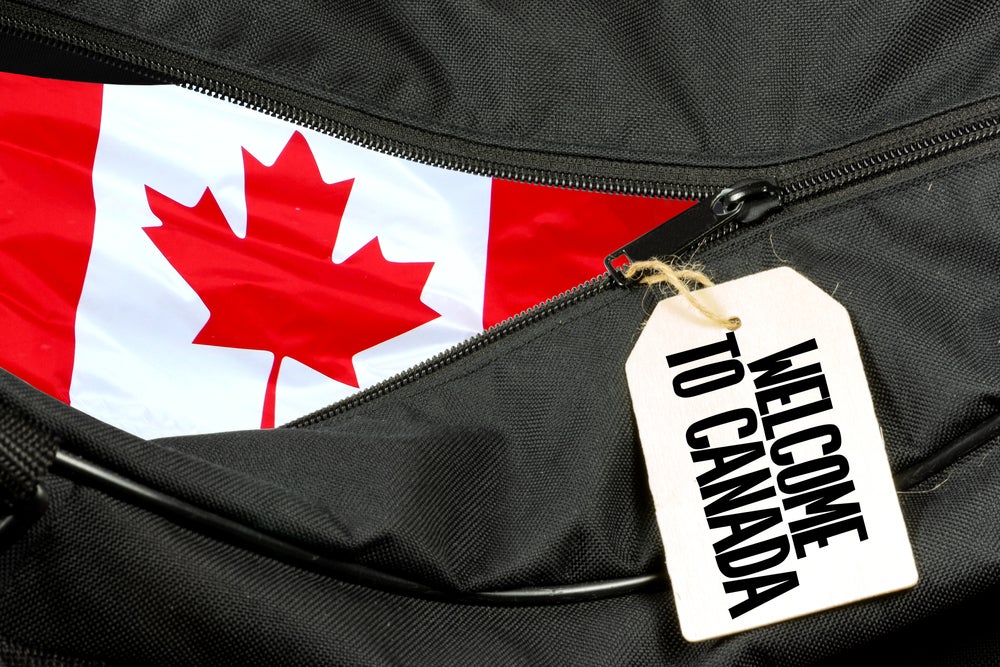
Canada’s hotel industry has boomed throughout 2023, hitting new records and reaching pre-pandemic levels.
According to CoStar’s year-on-year data, this August the nation’s hotel occupancy reached 77.4%, a 1.4% increase from August 2022.

Discover B2B Marketing That Performs
Combine business intelligence and editorial excellence to reach engaged professionals across 36 leading media platforms.
The average daily rate (ADR) was CAD226.04, a boost of +5.8%, and revenue available per room (RevPAR) was CAD174.87, a major rise of +7.2%.
The factors behind Canada’s hotel occupancy rates
CoStar group’s director of hospitality analytics for Canada Laura Baxter attributes the rise to demand patterns across segments starting to normalise.
She continues: “Although year-over-year growth has moderated from earlier this year, performance improvement in August was still a considerable achievement against stronger metrics from last summer’s ‘revenge travel’ period.
“Both transient and weekend occupancies have been gradually returning closer to 2019 levels over the course of this year. This is not the same for ADR, however, as both segments continue to see rates at an elevated level.

US Tariffs are shifting - will you react or anticipate?
Don’t let policy changes catch you off guard. Stay proactive with real-time data and expert analysis.
By GlobalData“While hoteliers have reported strong demand from tours, sports teams, and smaller groups, demand from large groups has lagged. Group rates, however, are making up for much of the shortfall in demand.”
CoStar anticipates booking patterns to normalise in Canada moving forward.
Hotels in Canadian provinces
Among the provinces and territories, Newfoundland and Labrador recorded the highest August occupancy level (88.2%), which was 3.3% above 2022.
Across the major markets, Vancouver saw the highest occupancy (86.4%), which was 0.8% ahead of August 2022.
The lowest occupancy among provinces was reported in Saskatchewan (64.3%), up 4.1% against 2022. At the market level, the lowest occupancy was reported in Edmonton (+10.5% to 66.7%).
Baxter adds: “Hotels in Alberta housed wildfire evacuees, creating elevated hotel demand in the market, and strong occupancy growth in Calgary and Edmonton. With a short tourism ban put in place in the Okanagan, hotel performance in Kelowna fell year over year. The ban has been lifted, and hotels are ready to welcome visitors.”



